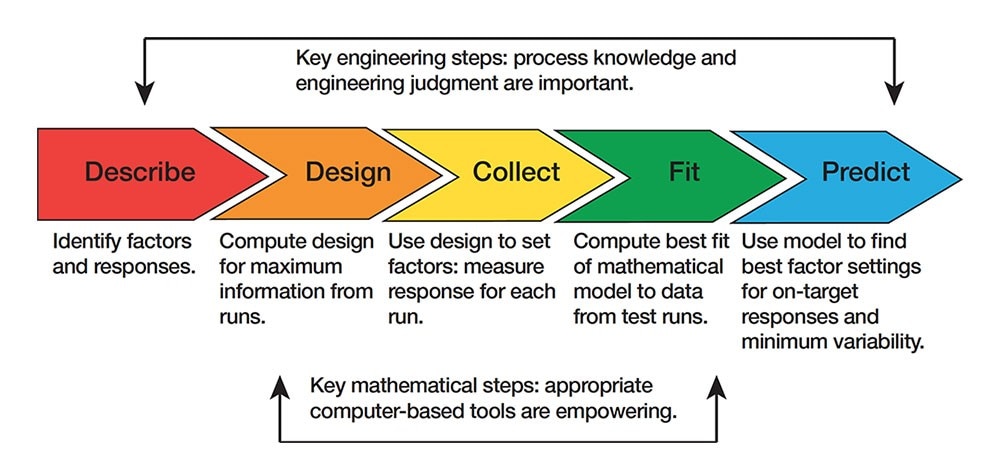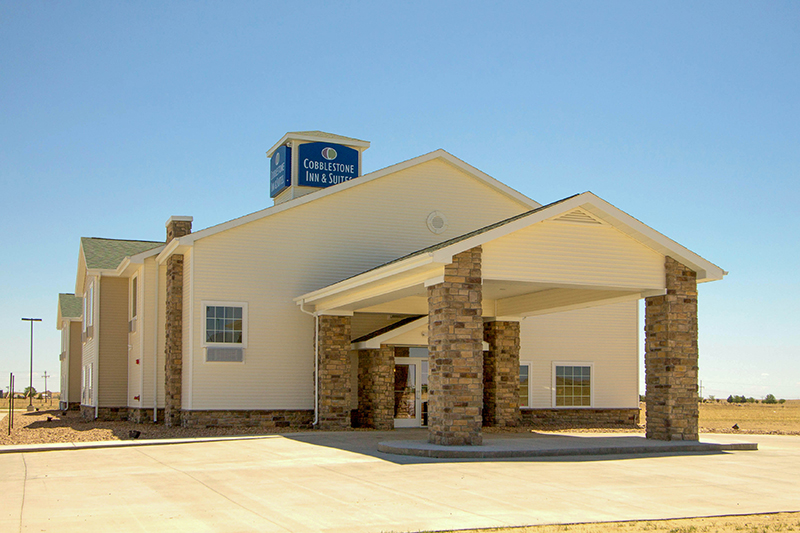Table Of Content

As Figure 1 shows, even four cups of tea can give rise to numerous possible permutations. But this only scratches the surface of tea–making’s complexity. The statistician Ronald Fisher, who attended the tea party, devised an experiment to test her claim.
Discover content
This design is invaluable for experiments where understanding the synergistic effects of multiple factors is crucial for drawing accurate conclusions. The Design of Experiments (DoE) landscape is rich with diverse strategies tailored to uncover specific insights within various research domains. At the foundation, we have basic designs such as the completely randomized design and the randomized block design, which serve as the starting points for most experimental frameworks. The Fourier Transform Ion Cyclotron Resonance mass spectrometer (FT-ICR MS) is an efficient and widely used analytical instrument for characterizing complex organic mixtures at the molecular level.
School's out... and so is OFAT (one-factor-at-a-time) experimentation.
DOE Picks Nuclear Designs for First Microreactor Experiments at INL's New Test Bed - POWER magazine
DOE Picks Nuclear Designs for First Microreactor Experiments at INL's New Test Bed.
Posted: Mon, 23 Oct 2023 07:00:00 GMT [source]
However, the focus of the course is on the design and not on the analysis. You might say it is more conceptual than it is math oriented. The optimal combination for the best yield would be a volume of 550 ml and pH 4.5. So, for example, first we might fix the pH at 3, and change the volume of the reaction container from a low setting of 500ml to a high of 700ml.
How many runs do I need for a full factorial DOE?
The term “Design of Experiments,” also known as experimental design, was coined by Ronald Fisher in the 1920s. He used it to describe a method of planning experiments to find the best combination of factors that affect the response or output. It is used to reduce design expenses because analysis of input parameters or factors gives way in identifying waste and which processes can be eliminated. It also helps remove complexities and streamlining the design process for cost management in the manufacturing process. The independent variable of a study often has many levels or different groups.
What is the state of art of the machine learning and AI in the design of experiment? - ResearchGate
What is the state of art of the machine learning and AI in the design of experiment?.
Posted: Mon, 26 Jun 2023 07:00:00 GMT [source]
Aliasing forms the foundation of fractional factorial designs—and it’s something that you have to bear in mind when assessing them. When analyzing data you can encounter a situation where you can’t tell whether, for example, an interaction between 2 or 3 factors causes a particular effect. You either have to use your existing knowledge to decide or, if necessary, do more experiments.
Full factorial designs investigate all possible combinations of factors and levels. So, you can determine main effects and any order of interaction. Full factorial designs, however, involve a large number of runs, increasing exponentially as the number of factors increase.
Doing a designed experiment as opposed to using a trial-and-error approach has a number of benefits. Two of the most common approaches to DOE are a full factorial DOE and a fractional factorial DOE. Let’s start with a discussion of what a full factorial DOE is all about. DOE helps reduce the time, materials, and experiments needed to yield a given amount of information compared with OFAT. You can also compare different levels for given factors, such as whether a cultivar from nursery A produces a higher yield, better taste, or both than a plant from nursery B.
This case has been referenced in various discussions on the practical benefits of DoE in industrial engineering and quality assurance. Fractional Factorial Designs offer a cost-effective solution for marketing studies. They enable the exploration of multiple advertising factors (channels, messages, frequency) that affect consumer engagement with a limited budget.
It’s a bit like trying to analyze the perfect cup of tea by ignoring the temperature of the water, brew time, and blend, and instead just focusing on whether you add the milk first or second. It is limited in both the number of variables that you can investigate and, critically, it precludes any investigation of how variables interact. Most biological processes are complicated, complex, and multidimensional.7 So, changing one factor probably changes something else. If we categorize our subjects by gender, how should we allocate our drugs to our subjects?
Factorial Designs are commonly used in manufacturing to optimize production processes by simultaneously evaluating the effects of various process parameters (temperature, pressure, time) on product quality. Randomized Block Design (RBD) introduces a way to control for one source of variability by grouping similar experimental units into blocks. This design is handy when the experimental units have an inherent variability that could affect the treatment outcome. Standard DoE processes are often structured around seven or fewer steps. The steps in experimental design will take you through the process of determining what is the best response that you could use in your study, workplace, or procedures. DoE is used especially in drugs that are best delivered via a time-release schedule,.
Investigators should ensure that uncontrolled influences (e.g., source credibility perception) do not skew the findings of the study. Manipulation checks allow investigators to isolate the chief variables to strengthen support that these variables are operating as planned. Main concerns in experimental design include the establishment of validity, reliability, and replicability. For example, these concerns can be partially addressed by carefully choosing the independent variable, reducing the risk of measurement error, and ensuring that the documentation of the method is sufficiently detailed. Related concerns include achieving appropriate levels of statistical power and sensitivity.

Age and gender are often considered nuisance factors which contribute to variability and make it difficult to assess systematic effects of a treatment. By using these as blocking factors, you can avoid biases that might occur due to differences between the allocation of subjects to the treatments, and as a way of accounting for some noise in the experiment. We want the unknown error variance at the end of the experiment to be as small as possible.
For example, it isn't possible to fully understand the functional consequences of changing a protein's structure without understanding all the contexts in which it appears. Its interactions within biological networks are what really define its function, so even minor changes can produce a plethora of unpredictable down- and upstream effects. You also can’t predict the products of cognition by analyzing neuroarchitecture.
We always want to estimate or control the uncertainty in our results. Another way we can achieve short confidence intervals is by reducing the error variance itself. However, when that isn't possible, we can reduce the error in our estimate of the mean by increasing n. Then measure your chosen response variable at several (at least two) settings of the factor under study. If changing the factor causes the phenomenon to change, then you conclude that there is indeed a cause-and-effect relationship at work. If we take the approach of using three factors, the experimental protocol will start to define a cube rather than a rectangle.
You can also use DOE to gain knowledge and estimate the best operating conditions of a system, process or product. Some DOE designs lend themselves to achieving the goals of more than 1 stage at a time, such as screening and optimization. The choice depends on your factors and the system’s complexity. Montgomery omits in this brief history a major part of design of experimentation that evolved - clinical trials.
However, note that the estimates for the items obtained in the second experiment have errors that correlate with each other. Learn about goodness-of-fit, its importance in assessing statistical models, various tests, and how to apply them for accurate predictions and inferences. A notable application of Design of Experiments (DoE) can be traced to the automotive industry, which was employed to enhance the manufacturing process of vehicle components. One particular challenge was the excessive variability in the strength of welded joints, which was critical to ensuring the safety and durability of vehicles.

No comments:
Post a Comment